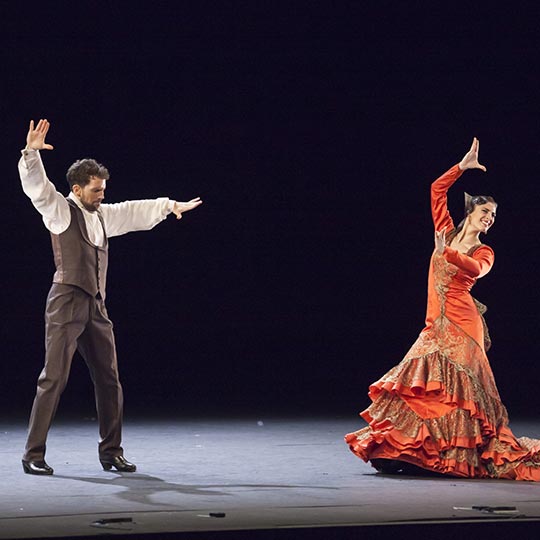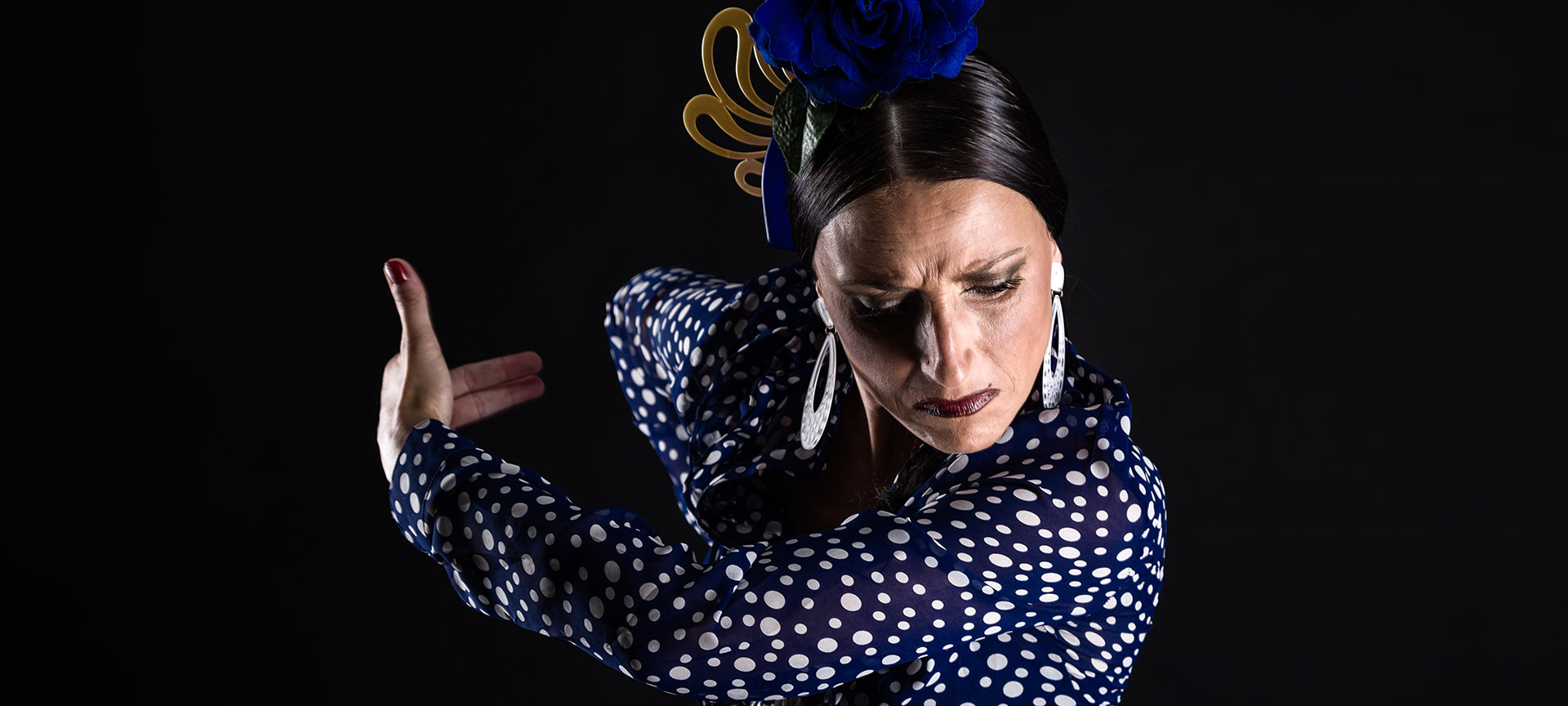This art form combines vocal music, dance and musical accompaniment (called cante, baile and toque) rooted fundamentally in Andalusia and other regions like Murcia and Extremadura. This cultural expressive vehicle with two centuries of history (some experts have traced its origins to the 18th century, when its popularity began to grow) is the most emblematic of Andalusian folklore and the most renowned form of artistic expression in Spain. Flamenco has become a true identity for numerous communities, such as the gypsy ethnic group, where it is transmitted from generation to generation through dynasties of artists, families, flamenco clubs, numerous important festivals, schools and flamenco tablaos, whose numbers are growing each year.









